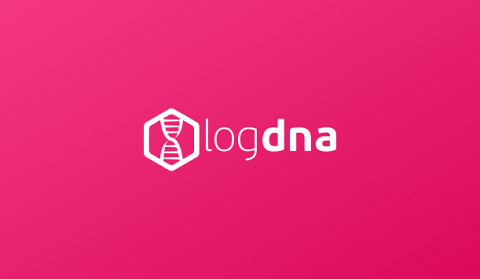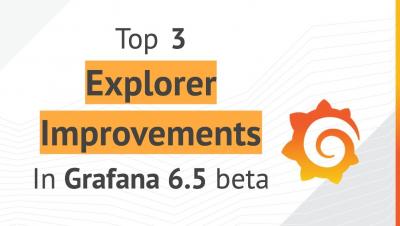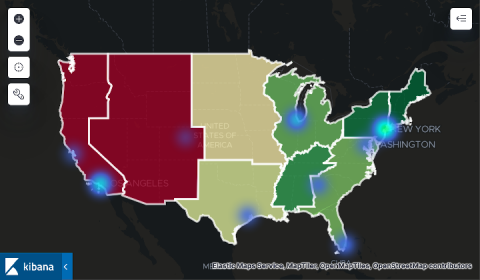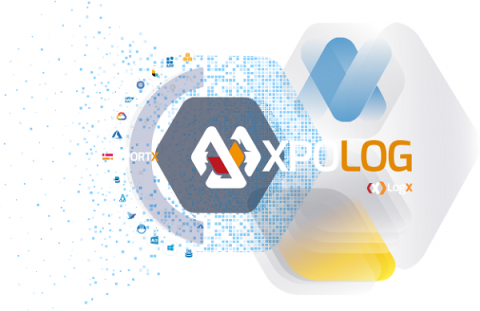Predictive Analytics to Improve Decision Making
Predictive analytics for networks are helping businesses optimize their network performance, anticipate network capacity related requirements, and eventually forecast future much more efficiently than ever. Gartner has estimated the value of network monitoring software market at roughly $2.1 Billion, this figure is presently increasing at a growth rate of 15.9% annually. The demand for predictive analytics in network monitoring software has grown beyond enterprises and datacentres.











